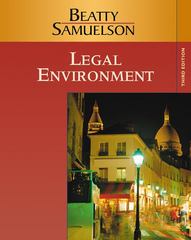Question
A monopolist produces two goods, goods 1 and 2. consumer in this market have reservation price r 1 and r 2 . Each consumer, then,
A monopolist produces two goods, goods 1 and 2. consumer in this market have reservation price r1 and r2. Each consumer, then, can be represented by a point on the following graph. For example, consumer A would reservation priceand for the two goods. This is depicted below with some points representing consumers B-F.
a) Suppose that the monopolist sells the two goods separately (i.e., follows the separate pricing strategy) at price p1 and p2 such that ( ) and () . Illustrate these two prices on the reservation price graph(i.e., illustrate all the prices for good 1 that equal p1 and all the reservation prices for good 2 that equal p2). Illustrate which consumers buy which goods at these two prices
(b) Suppose that the monopolist sells the goods only as a bundle (or follows the pure bundling strategy) at price pB. Illustrate this price on the reservation price graph. (i.e., Illustrate all reservation prices for which r1+r2 = PB). Illustrate which consumers buy which goods at this price.
(c) Suppose the monopolist sells the goods under a mixed pricing strategy, so that products are available separately at prices p1 and p2 as well as in a bundle. Illustrate the three prices on a reservation price graph. Illustrate which consumers buy which goods at these price.
(d) Using your graphs, illustrate why mixed bundling may be a desirable policy.
This is the graph ( mentioned above)

Step by Step Solution
There are 3 Steps involved in it
Step: 1

Get Instant Access to Expert-Tailored Solutions
See step-by-step solutions with expert insights and AI powered tools for academic success
Step: 2

Step: 3

Ace Your Homework with AI
Get the answers you need in no time with our AI-driven, step-by-step assistance
Get Started


